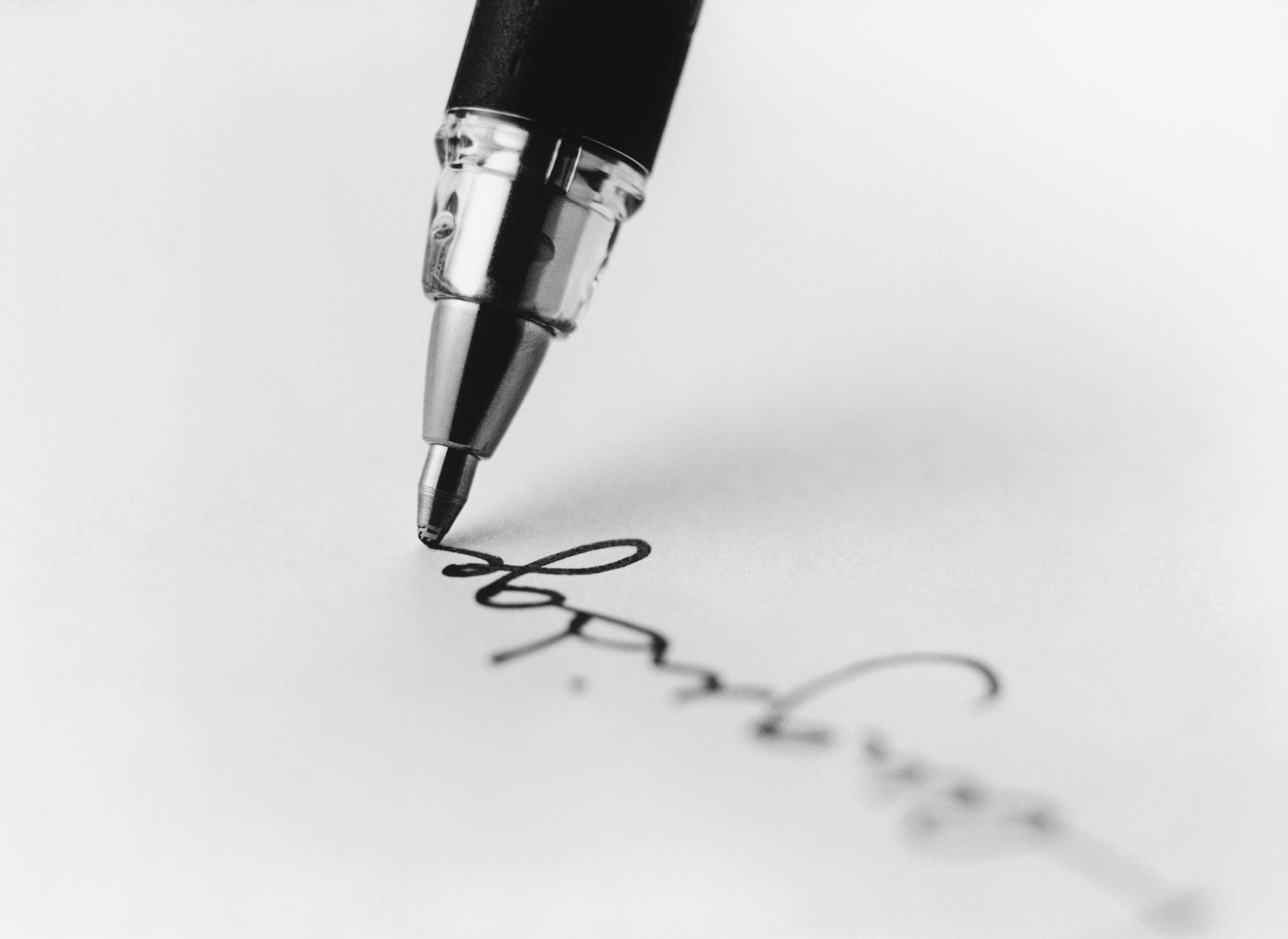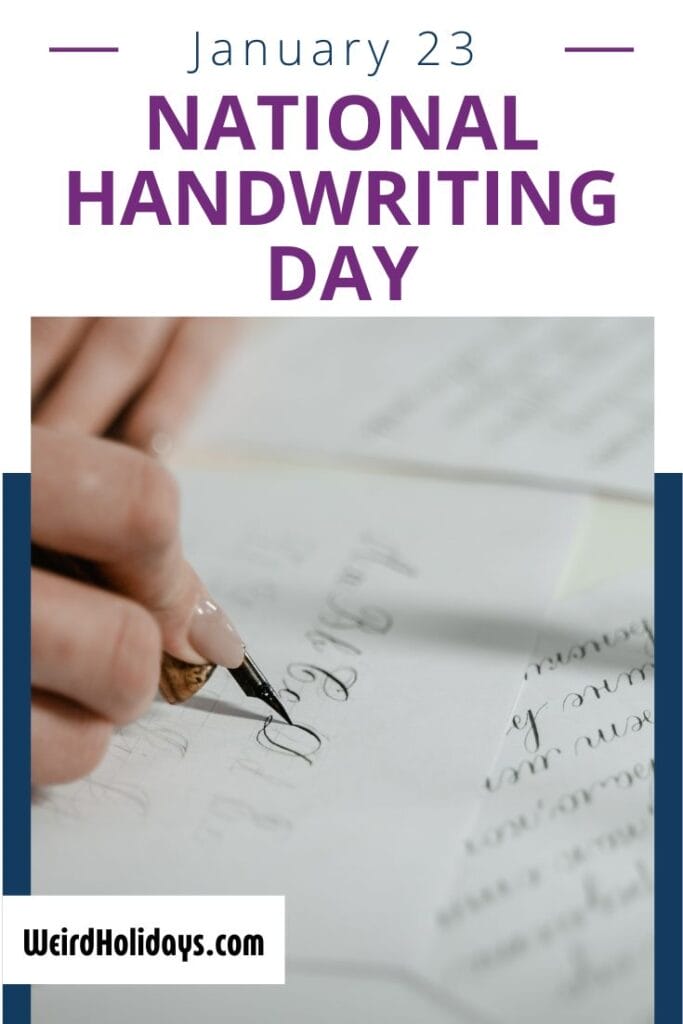National Handwriting Day (January 23)

National Handwriting Day on January 23 is a great opportunity to celebrate the art of writing by hand.
Whether it’s improving penmanship or exploring calligraphy, this day encourages everyone to put pen to paper.
In a world dominated by digital communication, handwriting remains an essential skill that fosters creativity and memory retention.
Join the celebration and discover fun ways to embrace this unique holiday. Don’t forget to explore other weird January holidays!
When is the Holiday?
National Handwriting Day is celebrated every year on January 23rd.
This date was chosen to honor John Hancock’s birthday, the first person to sign the United States Declaration of Independence.
Who Invented It?
The holiday was created in 1977 by the Writing Instrument Manufacturers Association (WIMA).
Their goal was to emphasize the importance of handwriting in an increasingly digital world and to remind people of the power of written communication.
The History of the Holiday
Handwriting has been a cornerstone of communication for millennia.
Ancient civilizations, such as those in Mesopotamia and Egypt, developed writing systems over 5,000 years ago.
The earliest writing consisted of symbols and pictographs used to document trade and daily life.
Over time, alphabets evolved, with the Greeks and Romans developing the foundations of the scripts we recognize today.
During the medieval period, handwritten manuscripts were painstakingly created by scribes, often taking years to complete.
The invention of the printing press in the 15th century revolutionized the accessibility of written material, but handwriting continued to hold cultural and artistic significance.
Today, with the rise of digital technology, handwriting remains a unique and personal form of expression that reflects individuality and creativity.

Top 5 Facts About the Holiday
- John Hancock’s signature is so iconic that “John Hancock” is commonly used as a synonym for a signature in the U.S.
- Graphology, the study of handwriting, is often used to analyze personality traits and behaviors.
- Studies show that writing by hand can improve memory and cognitive function more effectively than typing.
- Calligraphy, an ancient decorative handwriting art, remains popular for wedding invitations and special occasions.
- Handwriting can reveal more than just style; it reflects muscle memory, fine motor skills, and cognitive development.
Activities to Celebrate
- Practice cursive writing or calligraphy with free hand lettering practice sheets.
- Surprise a loved one with a handwritten note that conveys your thoughts in a personal way.
- Start a gratitude journal and reflect on daily blessings while improving your penmanship.
- Explore handwriting styles. Experiment with different fonts and styles to find one that suits your personality.
- Teach kids the importance of handwriting using tracing worksheets.
**This post may contain affiliate links. As an Amazon Associate and a participant in other affiliate programs, I earn a commission on qualifying purchases.**
Links to Resources
- Free hand lettering worksheets: Perfect for practicing modern calligraphy styles.
- 101 Jokes Handwriting Practice: A fun way to improve handwriting while enjoying a laugh.
- Cursive Handwriting Workbook: Great for kids and teens looking to improve their cursive writing.
- Caligraphy Pen Set for Beginners: A perfect starter set to explore the art of calligraphy.
Related Holidays
- National Trivia Day (January 4)
- National Puzzle Day (January 29)
- National Typewriter Day (June 23)
Pin it!
Share this post about handwriting on Pinterest!

